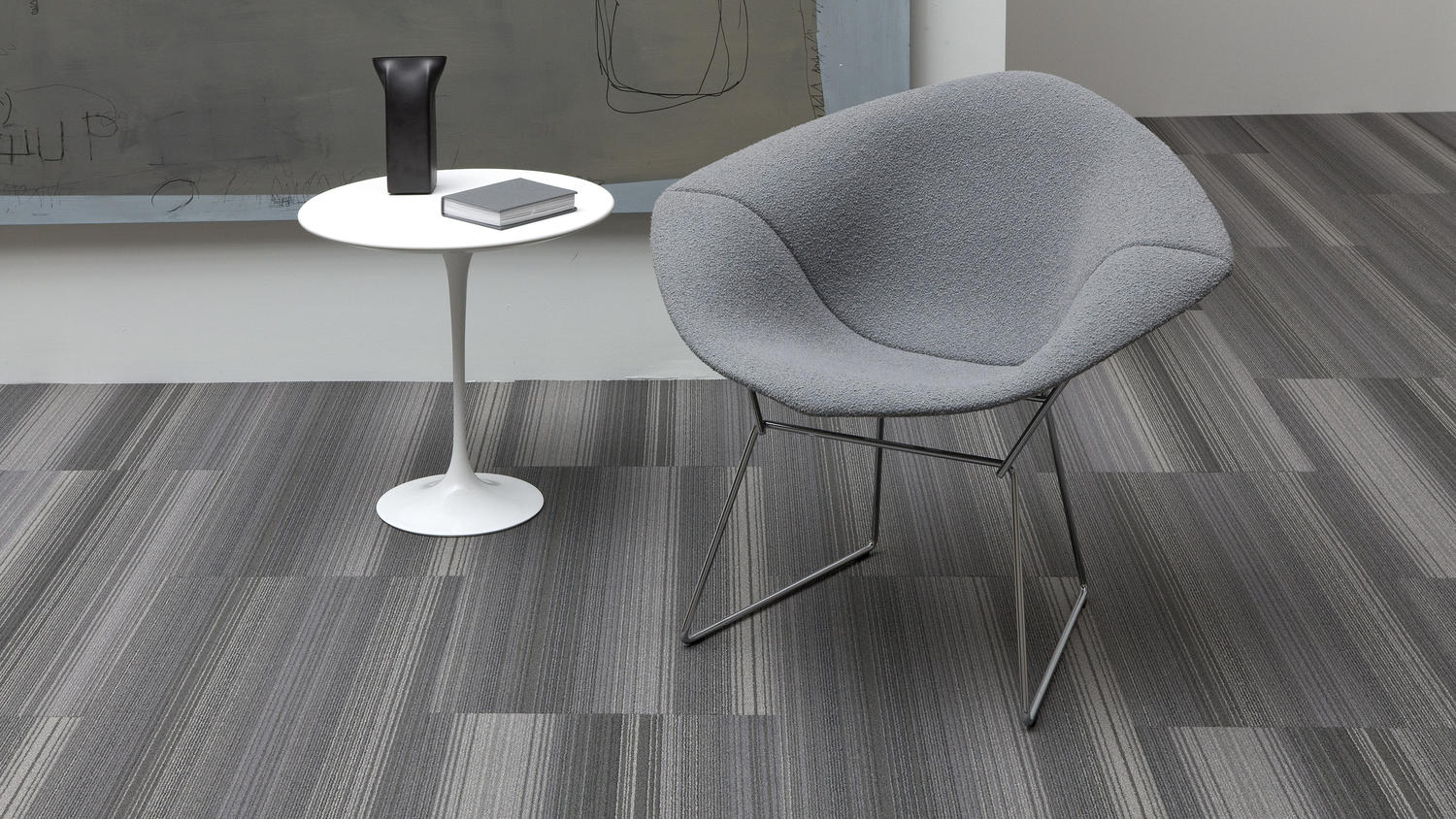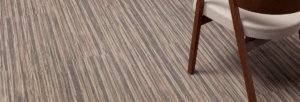What is Contemporary Office Furniture?

What is Contemporary Office Furniture?
If you want to furnish your workspace with office furniture in Houston that is both stylish and beautiful, and simple, contemporary office furniture is the best option.
Contemporary office furniture means the furniture that follows the design of today, and it’s continually evolving.

The modernist art movement has heavy influences in its design, as its concepts were directly translated into the furniture-making world.
Now let’s see what is contemporary office furniture.
Contemporary office furniture features modern, sleek designs that emphasize minimalism, functionality, and ergonomics.
It often incorporates clean lines, versatile materials, and innovative technology to create a workspace that promotes productivity, comfort, and aesthetics.
These pieces are adaptable to different work environments, offering both style and practicality.
Definition and Characteristics of Contemporary Office Furniture
Contemporary design leans heavily on mid-century modern style, but it also incorporates many other styles and periods.
In today’s contemporary design, we can see influences from many styles: modern, mid-century modern, art deco, and even more traditional pieces thrown in for a more eclectic look.
Contemporary office furniture is fundamentally different from traditional styles.
Unlike classic furniture, which is often heavy, detailed, and formal, contemporary furniture focuses on simplicity, functionality, and modern beauty.
It’s adaptable and comfortable, unlike modern furniture from other decades.
Also, simple and stylish design with soft and curved lines is among the characteristics of this type of office furniture.
The palettes that are used in contemporary office furniture are neutral with soft hues.
This furniture reflects modern design principles and technological advances, such as the use of new materials, adjustable mechanisms, and designs that are compatible with digital devices.
Key Features of Contemporary Office Furniture
Contemporary office furniture emphasizes beauty in its designs, while also prioritizing efficiency, employee health, and compatibility with modern technologies.
Focusing on modern workplace needs, this style of furniture has features that distinguish it from older styles.
1. Design
In contemporary office furniture design, everything emphasizes simplicity and functionality.
Smooth lines, defined geometric forms, and the elimination of unnecessary decorations make spaces look more serene, organized, and professional.
This simplicity helps beautify the space, and by creating order, it helps reduce stress and increases employee focus and productivity.
2. Materials
This style of contemporary office furniture design uses a combination of various materials such as natural wood, light metals, glass, and sustainable compounds.
This variety makes the furniture both visually appealing and functional, and durable in terms of durability and versatility.
The use of monochromatic fabrics and materials that allow for a smooth and functional surface is also seen in contemporary office furnishings.
Standard and tubular metal materials of various chromatic colors or even a combination of them were frequently used to create the structures of contemporary office furniture.
These materials allowed the creation of smooth textures with pronounced edges and crisp lines.
3. Ergonomics
The health of users is at the center of designers’ attention in contemporary furniture design.
The use of ergonomic designs, such as chairs with adjustable backrests, standing desks, and work surfaces designed based on the body’s natural movements, helps reduce physical injuries caused by long-term desk work.
4. Adaptability
Today’s workplaces are becoming more dynamic and constantly changing.
As a result, contemporary office furniture is often designed to be modular and customizable.
This means that its components can be easily moved, combined, and rearranged.
This capability allows companies to rearrange their work environment to accommodate organizational changes, team growth, or the need for greater collaboration.
For example, group desks, movable partitions, or flexible storage solutions are examples of these systems.
5. Aesthetics
Unlike in the past, when office furniture was designed solely for the function and performance of employees’ tasks, today, visual appeal also plays a large role in its design.
Using vibrant or neutral colors, varied textures, and different design styles, such as minimalist or industrial, helps create a pleasant and inviting environment.
6. Eco-friendly and Sustainability
Due to increasing environmental awareness, contemporary furniture manufacturers have moved towards the use of recycled materials, energy-efficient production processes, and long-lasting designs.
Modern and sustainable materials are one of the main characteristics of this type of furniture, so the use of innovative materials such as recycled plastics or composite materials also contributes to sustainability and lightness.
Many of these products have environmental certifications, helping companies take steps towards social and environmental responsibility.
7. Technology Integration
Contemporary office furniture combines simple, minimalist design with modern technologies.
Many desks and chairs have USB charging ports, touch panels, adjustable lighting, or wireless connectivity.
These features increase productivity, convenience, and reduce the need for additional equipment.
Benefits of Contemporary Office Furniture
Using contemporary office furniture also brings practical and effective benefits for companies and employees.
In this section, we will discuss its most important benefits.
1. Boosting Productivity
One of the main benefits of contemporary office furniture is increasing employee focus and productivity in the workplace.
When employees work in a space that is well-organized and designed to suit their needs, productivity naturally increases.
Ergonomic and comfortable designs make employees feel comfortable and less tired throughout the day.
Adjustable chairs, sit-stand desks, and workspaces tailored to human needs help people do their work with more focus and without physical strain.
2. Employee Well-being
One of the important benefits of contemporary office furniture is its attention to the physical and mental health of users.
Ergonomic designs such as adjustable chairs, spinal support, and height-adjustable desks prevent physical strain during long working hours, thereby increasing job satisfaction and a sense of well-being among employees.
3. Space Efficiency
Contemporary office furniture usually has compact and multifunctional designs that help make optimal use of available space.
This style of furniture is designed to cover a variety of functions without taking up much space.
For example, sliding tables, built-in wardrobes, and folding chairs allow businesses to make the most of small spaces.
4. Professional Appearance
Contemporary office furniture has a sleek, modern, and uncluttered appearance, which creates a professional and trustworthy image of the company.
This is especially important when dealing with customers, investors, and guests.
Visual coordination of furniture with the brand and decoration, such as colors, shapes, and materials, helps to strengthen the longevity of the company’s name and brand in the minds of the audience.
5. Flexibility
A dynamic and flexible workspace requires furniture that can adapt to changing organizational needs and structures.
Contemporary office furniture is usually designed in a modular way, meaning it is very easy to move, combine, or rearrange.
This capability is a huge competitive advantage for companies facing team growth, multiple projects, or hybrid work models.
Popular Types of Contemporary Office Furniture
Contemporary office furniture is designed with an innovative approach and in harmony with the needs of today’s workplace.
This type of furniture has a wide variety, and each part of the office, such as personal spaces, meeting rooms, and team spaces, requires a specific type of furniture.
Below, we will discuss the most important and most widely used types.
Desks and Tables
Contemporary tables usually have simple designs, with clean lines and functional forms.
Many of them have multifunctional features like hidden drawers, cable management systems, adjustable surfaces, or even built-in charging stations.
These desks are designed with a focus on productivity and organization and are suitable for both personal use and teamwork.
The Eileen Gray Side Table is one of the famous contemporary tables.
This basic bedside table was created by Jean Badovici, a French architect, in 1927.
It symbolized her notorious quality of refusing conformity to the popular standards of the time.
The piece has a conical design and was made from glass and metal, making for a very functional yet visually delightful piece of furniture.
Office Chairs
Contemporary office chairs with a standard and modern design focus more than ever on the health and comfort of users.
Features like height adjustment, lumbar support, adjustable armrests, and a contoured design allow employees to work for hours without fatigue.
Ventilated mesh chairs or models with advanced ergonomic designs are popular options.
One of the famous contemporary office chairs is the Wassily Chair.
This icon of contemporary furniture was created in 1926 by Marcel Breuer while working in a German cabinet-making shop.
It used leather straps and tubular steel to personify a minimalist, functional design of thin geometric shapes.
The Barcelona Chair is the other one.
In 1929, Mies Van Der Rohe and Lily Reich designed the world-famous Barcelona Chair.
It features curved tubular steel and straightforward leather patterns, creating a chair that is exceedingly aesthetically pleasing.
Storage Solutions
Contemporary cabinets, wardrobes, and shelves are designed to offer the user a combination of beauty and functionality.
They help organize the environment and also play a role as part of interior design.
Many of these storage solutions feature minimalist designs, lightweight materials, and are easy to move.
Some are also modular and can be expanded as needed.
Collaborative Spaces
Given the importance of teamwork in modern environments, special furniture has been designed for collaborative spaces.
This office furniture includes modular benches, group tables, communal chairs, and lightweight dividers that can be easily moved and adjusted for informal meetings or group projects.
The design of this type of furniture is usually open, comfortable, and inviting.
Conference Tables
Contemporary conference office tables are designed for formal meetings and have high visual appeal and modern functional features.
The use of materials such as glass, engineered wood, or metal, along with features such as power ports, cable management, or even built-in displays, makes these desks the most important piece of contemporary office furniture for the meeting room.
How to Choose Contemporary Office Furniture

In this section, we will discuss four important points in the process of selecting contemporary office furniture to create an optimal and comfortable work environment for your employees.
- Assessing the Office Layout: The first step is to understand the exact dimensions and physical structure of your workspace.
You need to know what each part of the office is designed for and what furniture is appropriate for it.
Pay attention to how people move, natural light, doors, windows, and circulation routes.
Choose furniture that fits well with the space and doesn’t hinder the flow of work.
- Considering the Work Environment: First, ask yourself what your business environment is like: is it dynamic and flexible or formal and fixed?
Then, choose office furniture that matches the type of organization and the work style of your employees.
- Budgeting: The best approach when purchasing contemporary office furniture is to consider a balance between price, durability, and functionality.
Sometimes buying one higher-quality table or chair that will last for years is more cost-effective in the long run than buying a few cheap, short-lived items.
- Long-Term Durability: Investing in purchasing office furniture is one of the most important decisions for any company.
Therefore, it must be made of quality, durable materials that are suitable for the workspace.
Conclusion
Contemporary office furniture is a style of furniture that combines modern aesthetics, high functionality, and ergonomics, creating an environment that is both attractive and organized, as well as productive and flexible.
Designing a successful workspace means striking a balance between a beautiful appearance and effective functionality.
Choosing furniture that both aligns with the brand’s design and considers employee health and comfort can have a direct impact on team satisfaction, creativity, and productivity.
If you are looking to create a professional, dynamic, and sustainable environment, investing in contemporary office furniture that is high-quality, modern, and adaptable is an effective solution.

John Ofield is the owner of Collaborative Office Interiors. Houston’s trusted source for modern and commercial office furniture, office cubicles, demountable walls, office desks and tables, and complete workspace solutions. With more than 40 years of experience, he combines deep product knowledge with hands-on space-planning expertise to create ergonomic, productivity-focused work environments for businesses across Southeast Texas.



